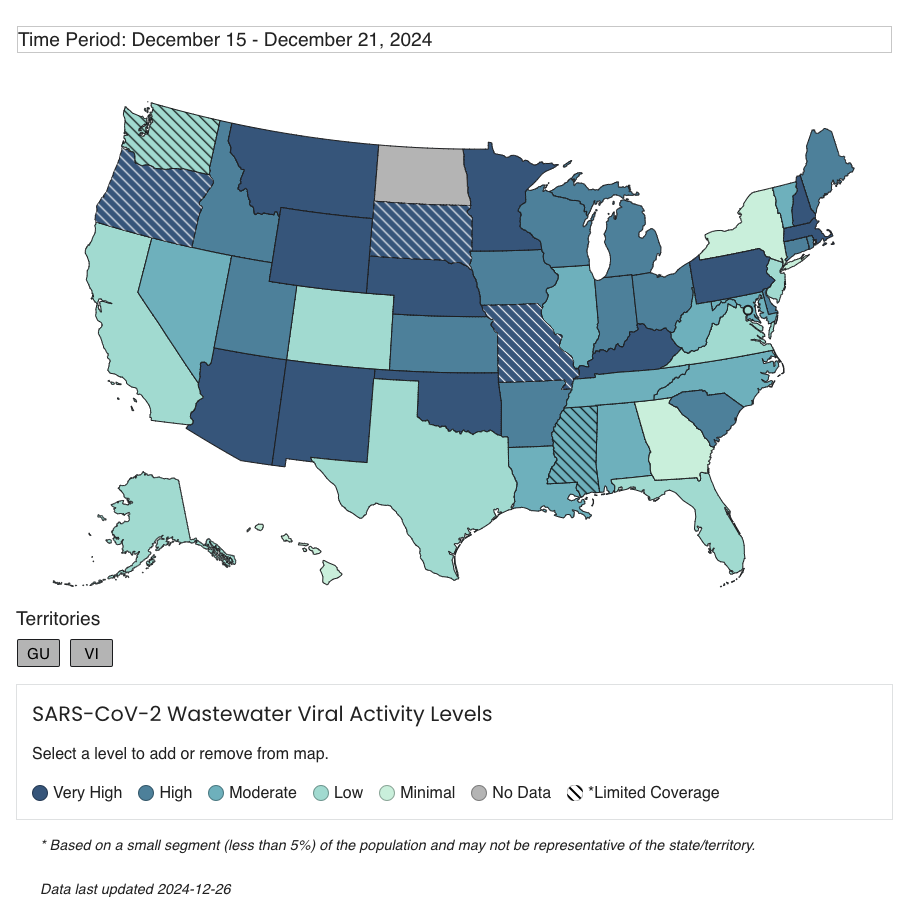I often hear from people that I normally agree with on other issues that supply and demand don't apply when it comes to housing. I don't know why people who study housing all say one thing, and a corner of the advocacy space says another. I do have experience with Berkeley housing markets (albeit from the 1980s) and that soured me on rent control as the sole method to manage scarcity of an essential good.
Berkeley has long had a rent control ordinance and a rental registry to ensure compliance. Jeff Baker wrote some Python code to visualize the public data and it is fascinating. As a scientist, I always like to see real world data compared to idealized models of how things work.
The Rent Board of Berkeley, California maintains an Online Rent Registry with information about apartments and other dwellings under regulation by the city's rent control laws. The Registry lists the initial rent of a rent-controlled dwelling, and all of the subsequent annual adjustments.
The Registry tells us a bit about the city's rental market over time. Using the initial rent of tenancies still active at the present, we can deduce the market price of apartments in the year the tenant moved in. The chart below gives the median initial rent each year 1996-2022, adjusted for inflation to 2022 U.S. dollars, for tenants who are not listed as owners, managers, or any other special class.
Go to his site and read his analysis.
One surprising thing I learned is that, though rents in rent-controlled units are generally lower than in newer buildings not subject to rent control, they do rise unevenly instead of monotonically rise the maximum amount allowed. Rent-controlled rents plateau during recessions.
The population of apartments in the above figure are all older buildings, due to the nature of rent control in California. The rents shown are significantly below the advertised rents of the same size apartment in a new building in Berkeley. For example, some new buildings are currently advertising 1-bedroom apartments for around $3000 and 2-bedroom apartments at about $4200. The rents in old, regulated buildings are discounted by about 1 bedroom.So he took the initial rents for newly-signed leases, and deflated them by the CPI from BLS All items in U.S. city average, all urban consumers, seasonally adjusted using a constant 2022 dollar (when I think he wrote/started this project).
In Dec 2017, 18 new leases for 1-BR apts were signed at an average rent of $2267 (2022 dollars). A bunch of new apartment buildings came online in downtown Berkeley, allowing people to move. That is when the bubbles become larger. By Dec 2024, 27 new leases for 1-BR apts were signed with an average rent of $1950 (2022 dollars). At the same time that the rent stock got more numerous, more modern (new units), it got cheaper in real dollars.
So, rent control provides certainty for incumbent renters, but doesn't allow them mobility if they need a larger or smaller unit. It also makes it impossible for new entrants to the market to find housing.










